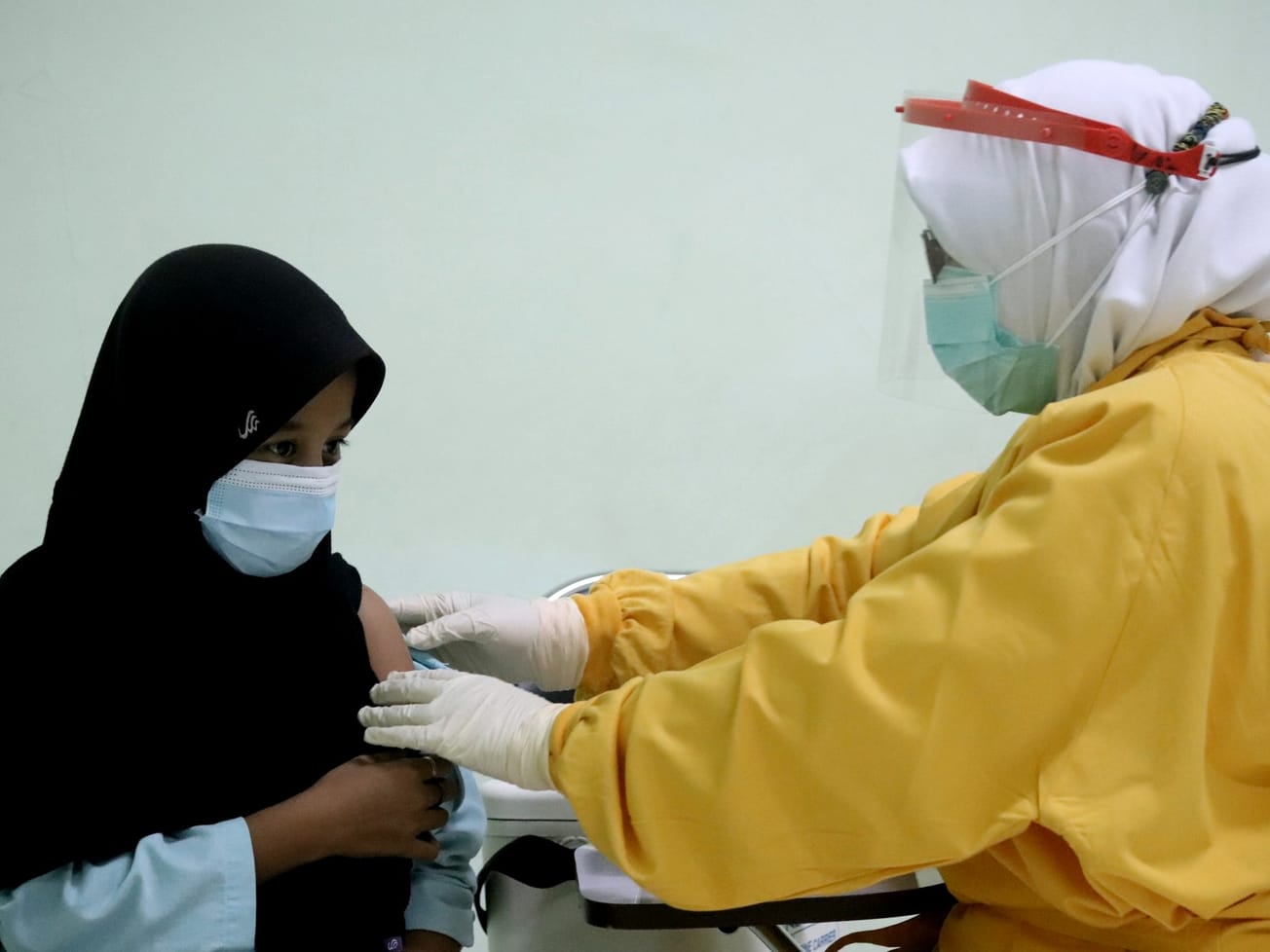That double cheeseburger, cold can of soda and bag of salty corn chips you ordered cost a lot more than you may have thought: a new report finds the true costs of agrifood systems to our health and planet are staggering.
The "hidden costs" of industrial agriculture and food systems come to at least $10 trillion a year or roughly 10% of global GDP, according a new report from the Food and Agriculture Organization.







